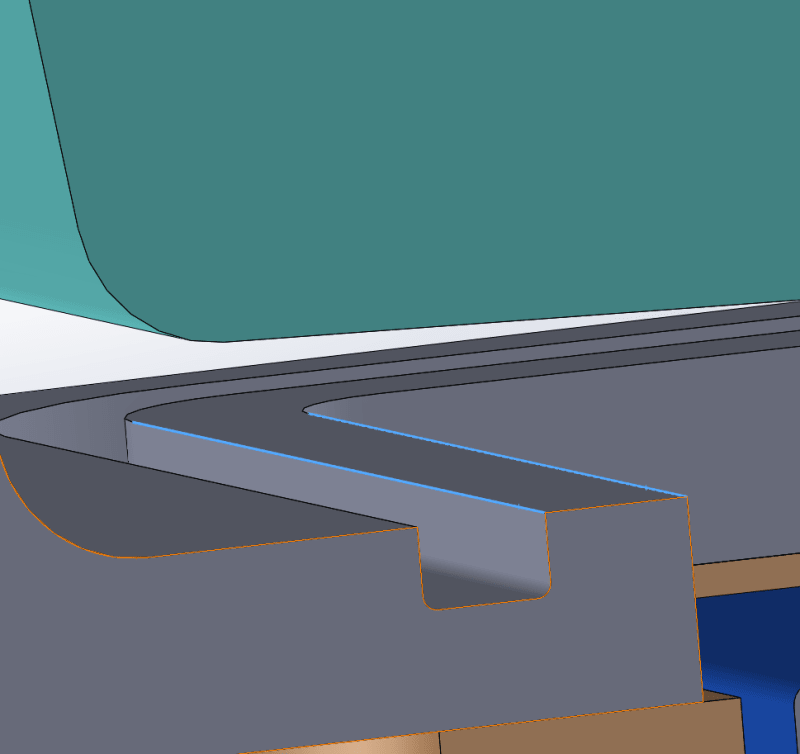Ramadan Ahmed
Mechanical
- May 16, 2024
- 16
Good evening everyone,
I'm designing an o ring groove for a part I need to seal, I want to ask what is the recommended width from the edge of the O-ring groove to the other edge of the my part. I set a value of 1.25mm as shown in the picture but im not sure if it's a good width or not.
can you please help me with this matter?
Thank You
I'm designing an o ring groove for a part I need to seal, I want to ask what is the recommended width from the edge of the O-ring groove to the other edge of the my part. I set a value of 1.25mm as shown in the picture but im not sure if it's a good width or not.
can you please help me with this matter?
Thank You


